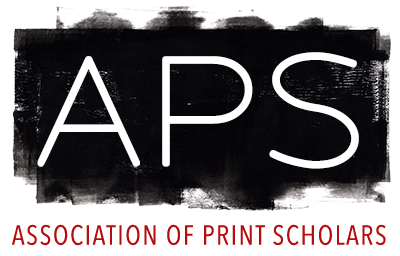The Wanton Line: Hogarth and the public life of longitude
William Hogarth’s A Rake’s Progress, where a ‘longitude lunatic’ seeks to solve the problem
on the wall of his cell in Bedlam. In doing so, it addresses two linked issues: first, how the
longitude problem was discussed by the wider British community, and how this affected the
actors directly involved in seeking the solution; and second, what was so iconic about this
problem that made Hogarth place it at the centre of his modern moral series about a young
man ruined by London society. The thesis combines considerations of longitude from plays,
poems, religious tracts, novels, prints, paintings and correspondence, alongside the archives
and instruments that recorded the search by the Board of Longitude. Useful parallels emerge
between the Board’s most famous applicant, John Harrison, and William Hogarth’s own
career.
I open with discussion of the place of the longitude problem, and navigational science more
generally, within London life and Hogarth’s works, arguing that London became Hogarth’s ‘
ship of fools,’ in need of guidance. I then consider three ways in which longitude was a ‘
problem.’ Visually, it presented new challenges about how to communicate contested ideas
on paper with words and images, through maps, illustrations and diagrams. These
considerations developed alongside contemporary concerns over copyright and patenting.
Mentally, longitude highlighted the complex boundary between impossible ‘projects,’ mad
schemes and ‘genius’ inventions, raising questions about the status of innovation and
originality. Socially, ‘the longitude’ articulated a problematic space between polite and
impolite science, which made it a useful concept with which to negotiate wider contemporary
social boundaries. The status of both women and instruments became key to these
discussions. In sum, the longitude problem, as the final image in the final plate of Hogarth’s
series, presented a means of orientating a disorientated Augustan society. What we might call
the longitude ‘moment’ meant that all these concerns coalesced into the single image of a
drawing on the wall of Bedlam.
